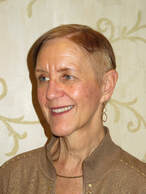 Linda Crockett Early this year, my friend and colleague Lyn Barrett asked me to write the forward for her upcoming book, Crazy: Reclaiming Life from the Shadow of Traumatic Memory which is now available for pre-order. It was a great privilege to do so, and I am sharing the forward in this blog post. It’s a must-read book for survivors of childhood trauma and all who walk with them. FOREWORD In her unforgettable memoir, Lyn Barrett helps us grasp how childhood trauma can be deeply hidden from our consciousness, and that the deeper truth of what happened can be discovered and healed even when cognitive memory remains elusive. A detailed narrative memory is the prized standard for truth in our culture. Yet we know, through the work of Dr. Bessel van der Kolk and other pioneers in the field of trauma, that The Body Keeps the Score (Penguin Books, 2015) and that traumatic memories often do not reside in our cognitive brain but in dissociated fragments that seem to burst into our awareness out of nowhere. In a survivor with dissociative identity disorder (DID), some of those fragments take on distinct personalities and roles, all created with a very specific and protective purpose.
In her memoir, Lyn takes us inside her internal alter system developed to protect her from the unbearable weight of full knowledge of what was happening to her as a child. Her story is a gift for all the survivors of childhood sexual abuse whose chronically hurting bodies, fractured relationships, depression, anxiety, eating disorders, suicidal ideation, self-harming behavior, and so much more are evidence of crimes committed against them for which only whisps of cognitive memory can be found. Courts can convict a person of murder without a body, given a strong presentation of evidence that renders a verdict beyond a reasonable doubt by twelve peers. Yet those sexually abused as children often interrogate themselves mercilessly, demanding details of who, what, how, where, when, searching desperately for clear, compelling memory of what exactly happened. Echoes of childhood violence whisper from the shadows, press for release from the hidden chambers of the mind, and ripple through the body as pain. I got to know Lyn when she was studying at Lancaster Theological Seminary in Pennsylvania. I occasionally taught classes on religious response to child sexual abuse at the seminary at the invitation of Dr. Frank Stalfa, a scholar and pastoral counselor who encouraged me to weave my own experience of severe childhood trauma into the liberation theology that captivated me during my work with displaced people in El Salvador during the years of bloody civil war. At the time, I was directing programs on family-violence prevention at a counseling center, and my book The Deepest Wound: How a Journey to El Salvador Led to Healing from Mother-Daughter Incest (Writer’s Showcase, 2001) had been recently published, which Lyn discovered when she was browsing through the seminary’s bookshop. She called me on the phone one day, saying she had read my book and believed we had some similar experiences. She asked if we could meet. That meeting was the beginning of our relationship as colleagues and friends. Unlike Lyn, I had never been diagnosed with dissociative identity disorder (which at the time was known as multiple personality disorder), but I was highly dissociative, having mastered the art of leaving my body during times of extreme pain. Huge chunks of my childhood were simply blank, and the excruciating excavation I undertook during years of therapy eventually unearthed enough fragments of cognitive memory to stitch together the narrative of my childhood. This was not the case with Lyn and is not the reality for many dissociative survivors. We buy into the myth, despite evidence to the contrary in the field of trauma and in our own bodies, that what happened was not real unless we have cognitive validation. Lyn’s skill as a narrator of her internal systems of various personalities illustrates what Dr. Judith Herman, a leading Harvard psychiatrist and author of the landmark book Trauma and Recovery (1992,1997 Basic Books), described as doublethink in which, even with amnesia, people who have experienced repeated childhood trauma from which there was no escape will describe simultaneously knowing and not knowing what happened. Remembering and not remembering. Rosie, a tiny child whose core characteristic was trust and around whom Lyn’s system revolved, said that even when “he” hurt her, she would crawl back onto his lap and trust again. Rosie never revealed who the “he” was, and for years Lyn resisted believing that Rosie was any more than a figment of her imagination, even as the evidence stacked up all around her. Rosie remembers who hurt her, but Lyn does not. Snake, a personality whose job was to slither into people Lyn began to trust and dissect their true intentions, claimed to have been created in the moment of the first penetration and fled the body to escape the searing pain of rape. Visceral, cunning, and sly, he did not care if Lyn died, because he abided in a realm outside of her body. Snake held rage and was devoted to protecting Lyn’s children, ready to shoot venom into anyone that would harm them. Snake knew about the rape so Lyn would not know. In this book, you’ll meet more than ten distinct personalities who began to surface when Lyn was in her mid-thirties, happily married and mothering four young children in a yellow-brick house in a leafy suburban community. She had no conscious memory of having been abused as a child, but during the firestorm of betrayal and upheaval when her husband admitted and then defended his infidelity, the internal walls that kept the trauma-formed personalities hidden from her awareness began to crack, the fissures resulting in a bewildering array of voices with divergent thoughts and emotions, held loosely in check by an exhausted mediator who was trying to keep the internal family functioning while Lyn’s own family was falling apart. Over ten years, her family would disintegrate as Lyn fiercely struggled to understand what was happening to her and tried her best to parent her children in increasingly difficult financial and emotional circumstances. With heartbreaking courage, she writes: “Each of us would leave the yellow-brick house, one by one, broken, just a shadow of who we thought we were. And it was all my fault.” As the founder of a nonprofit organization dedicated to preventing child sexual abuse and offering collective healing journeys for survivors, I can say without hesitation that this is a life-changing book—for survivors, for those who love them, and for anyone who wants to educate themselves on trauma-induced dissociation, particularly its manifestation as DID. Unlike the dramatic renderings of multiple personalities depicted by Hollywood, survivors with varying degrees of dissociation and DID are all around us. We are mothers, teachers, professors, therapists, pastors, and business executives. It is a real miracle that we have survived, largely in part to our ability to dissociate under extreme duress. Our bodies and minds remember—even when we don’t.
0 Comments
Leave a Reply. |
|
© Safe Communities. All rights reserved, 2021.
|
subscribe to email updates |

 RSS Feed
RSS Feed
